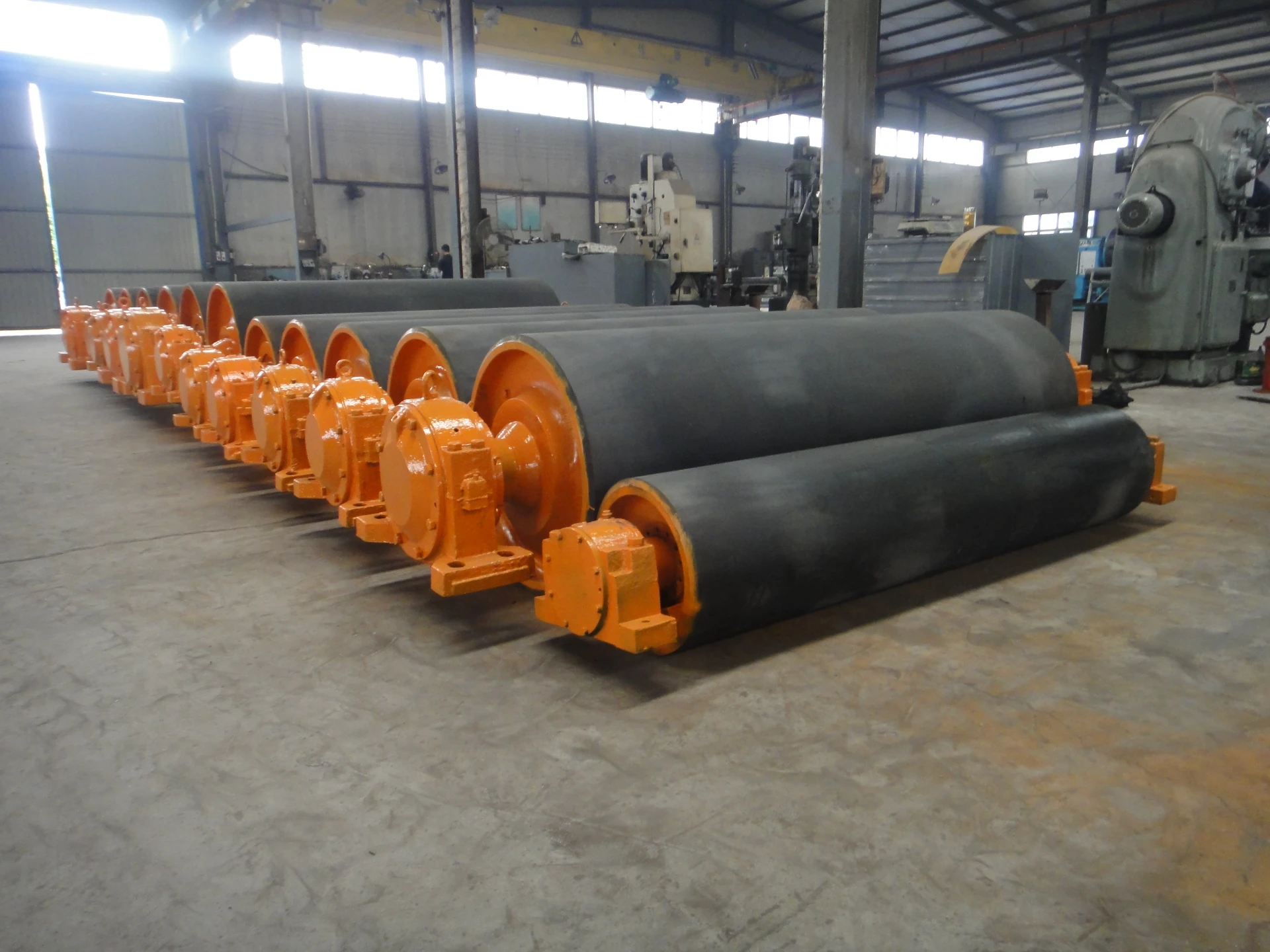 Afrikaans
Afrikaans  Albanian
Albanian  Amharic
Amharic  Arabic
Arabic  Armenian
Armenian  Azerbaijani
Azerbaijani  Basque
Basque  Belarusian
Belarusian  Bengali
Bengali  Bosnian
Bosnian  Bulgarian
Bulgarian  Catalan
Catalan  Cebuano
Cebuano  Corsican
Corsican  Croatian
Croatian  Czech
Czech  Danish
Danish  Dutch
Dutch  English
English  Esperanto
Esperanto  Estonian
Estonian  Finnish
Finnish  French
French  Frisian
Frisian  Galician
Galician  Georgian
Georgian  German
German  Greek
Greek  Gujarati
Gujarati  Haitian Creole
Haitian Creole  hausa
hausa  hawaiian
hawaiian  Hebrew
Hebrew  Hindi
Hindi  Miao
Miao  Hungarian
Hungarian  Icelandic
Icelandic  igbo
igbo  Indonesian
Indonesian  irish
irish  Italian
Italian  Japanese
Japanese  Javanese
Javanese  Kannada
Kannada  kazakh
kazakh  Khmer
Khmer  Rwandese
Rwandese  Korean
Korean  Kurdish
Kurdish  Kyrgyz
Kyrgyz  Lao
Lao  Latin
Latin  Latvian
Latvian  Lithuanian
Lithuanian  Luxembourgish
Luxembourgish  Macedonian
Macedonian  Malgashi
Malgashi  Malay
Malay  Malayalam
Malayalam  Maltese
Maltese  Maori
Maori  Marathi
Marathi  Mongolian
Mongolian  Myanmar
Myanmar  Nepali
Nepali  Norwegian
Norwegian  Norwegian
Norwegian  Occitan
Occitan  Pashto
Pashto  Persian
Persian  Polish
Polish  Portuguese
Portuguese  Punjabi
Punjabi  Romanian
Romanian  Russian
Russian  Samoan
Samoan  Scottish Gaelic
Scottish Gaelic  Serbian
Serbian  Sesotho
Sesotho  Shona
Shona  Sindhi
Sindhi  Sinhala
Sinhala  Slovak
Slovak  Slovenian
Slovenian  Somali
Somali  Spanish
Spanish  Sundanese
Sundanese  Swahili
Swahili  Swedish
Swedish  Tagalog
Tagalog  Tajik
Tajik  Tamil
Tamil  Tatar
Tatar  Telugu
Telugu  Thai
Thai  Turkish
Turkish  Turkmen
Turkmen  Ukrainian
Ukrainian  Urdu
Urdu  Uighur
Uighur  Uzbek
Uzbek  Vietnamese
Vietnamese  Welsh
Welsh  Bantu
Bantu  Yiddish
Yiddish  Yoruba
Yoruba  Zulu
Zulu rubber lagging pulley
The Importance of Rubber Lagging in Pulley Systems
Rubber lagging is an essential component in modern pulley systems, primarily used in various industrial applications such as mining, manufacturing, and materials handling. This process involves applying a layer of rubber to the surface of a pulley, which serves multiple critical functions that significantly enhance the performance and longevity of the system.
The Importance of Rubber Lagging in Pulley Systems
Another significant benefit of rubber lagging is its protective qualities. The rubber layer acts as a barrier, shielding the underlying metal pulley from wear and corrosion. This protection is crucial in harsh environments where exposure to moisture, chemicals, and abrasive materials can quickly degrade the quality of metal components. By preventing such deterioration, rubber lagging extends the lifespan of the pulley, reduces maintenance costs, and lessens the likelihood of unexpected failures.
rubber lagging pulley

Moreover, rubber lagging contributes to noise and vibration reduction in the machinery operation. Pulleys that operate without proper lagging can produce excessive noise, which not only creates an uncomfortable working environment but can also lead to potential hearing damage for employees over time. The cushioning effect of the rubber minimizes vibrations and operational noise, fostering a safer and more pleasant atmosphere in the workplace.
Certain rubber compounds can also be formulated to withstand extreme temperatures and heavy abrasion, making them suitable for various applications. For instance, in the mining industry, pulleys face significant challenges, including substantial weight and abrasive materials. Utilizing rubber lagging with specific properties can dramatically enhance reliability and efficiency in those demanding environments.
In conclusion, the use of rubber lagging in pulley systems is vital for improving operational efficiency, protecting equipment, reducing noise and vibration, and extending the lifespan of machinery. As industries continue to evolve, the demand for effective and durable solutions like rubber lagging will remain critical, ensuring that conveyor systems operate smoothly and efficiently in diverse working conditions. Manufacturers and operators must recognize the importance of investing in high-quality rubber lagging as a key component of reliable industrial operations.
-
Revolutionizing Conveyor Reliability with Advanced Rubber Lagging PulleysNewsJul.22,2025
-
Powering Precision and Durability with Expert Manufacturers of Conveyor ComponentsNewsJul.22,2025
-
Optimizing Conveyor Systems with Advanced Conveyor AccessoriesNewsJul.22,2025
-
Maximize Conveyor Efficiency with Quality Conveyor Idler PulleysNewsJul.22,2025
-
Future-Proof Your Conveyor System with High-Performance Polyurethane RollerNewsJul.22,2025
-
Driving Efficiency Forward with Quality Idlers and RollersNewsJul.22,2025





























